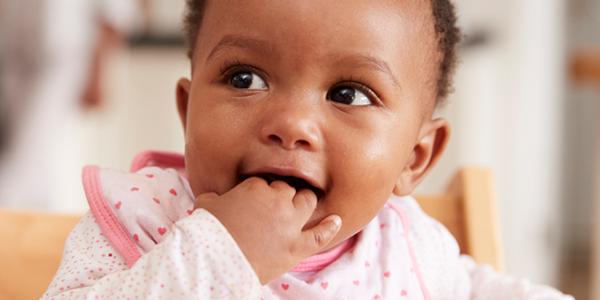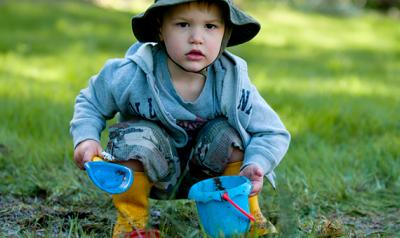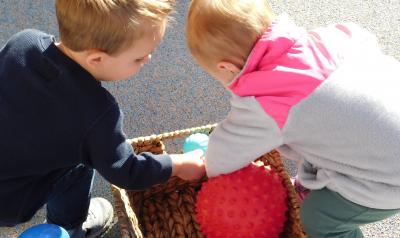DAP with Infants and Toddlers, Ages Birth - 3
The earliest years are all about relationships. Infants and toddlers crave and develop attachments to the special people in their lives. Depending on how parents, early childhood educators, and others treat them, babies also develop expectations about people and themselves.
- Young infants (0 to 9 months) seek security.
- Mobile infants (8 to 18 months) are eager to explore.
- Toddlers (16 to 36 months) are working on their identity; they want to know who they are and who’s in charge.
In child care programs, relationships with families are critical. Caring teachers and caregivers learn from the experiences, knowledge, culture, and childrearing beliefs of family members.
Partnerships grow when teachers value the family as the primary source of information about the child and as the constant in the baby’s life, and when families value the knowledge and personal characteristics of their child’s teachers. Good communication is essential.
Working with Infants and Toddlers
Good teachers understand typical development from birth through age 3. Knowing how the youngest children learn and develop helps professionals closely attune to individual children and their families—in all their variety.
Here’s what DAP looks like in an infant/toddler room:
At mealtime, Lisa notices that Haylee is starting to grab for the spoon. The baby isn’t old enough to feed herself, but she sure is determined to try. Lisa gets Haylee her own spoon. Later in the day, she gives Haylee another spoon, and a bowl, to play with.
Lisa selects materials for Haylee with her specific interests and developmental progress in mind. Countless small actions like this make up best practice for infants and toddlers.
The classroom example on this page is taken from Basics of Developmentally Appropriate Practice: An Introduction for Teachers of Infants & Toddlers.






